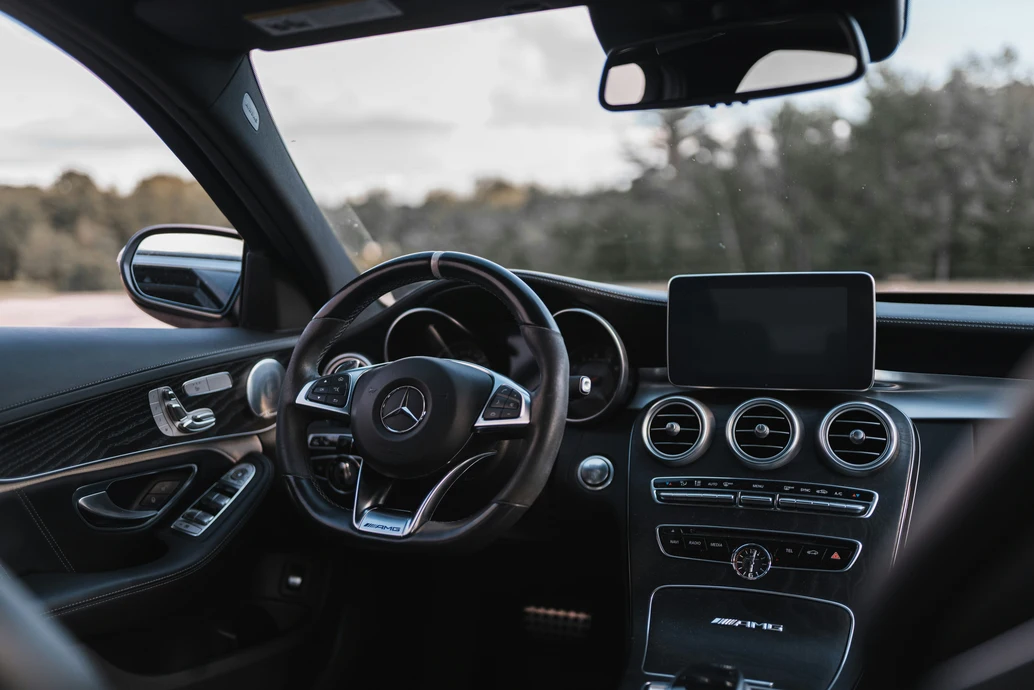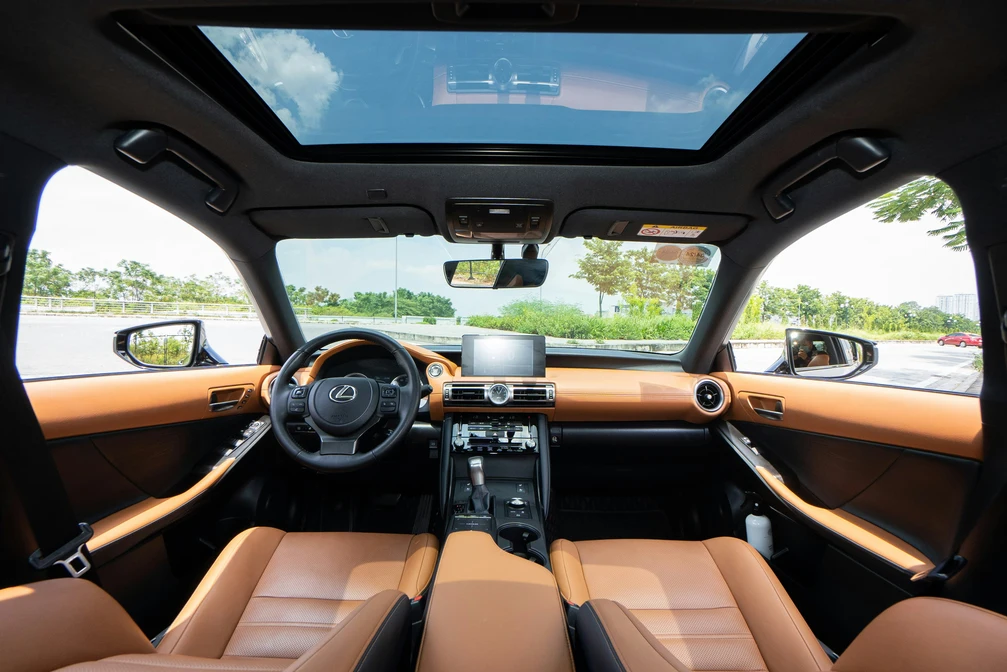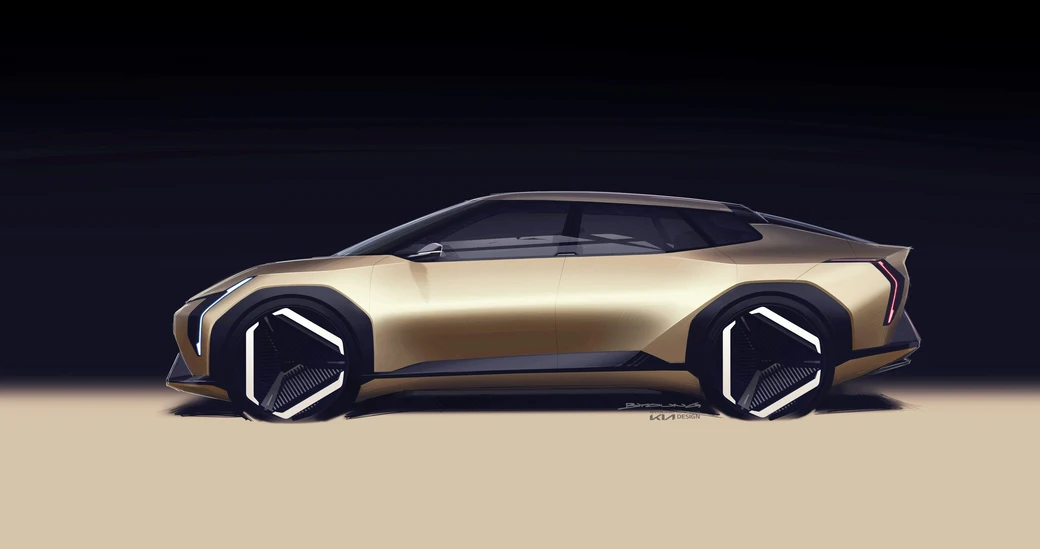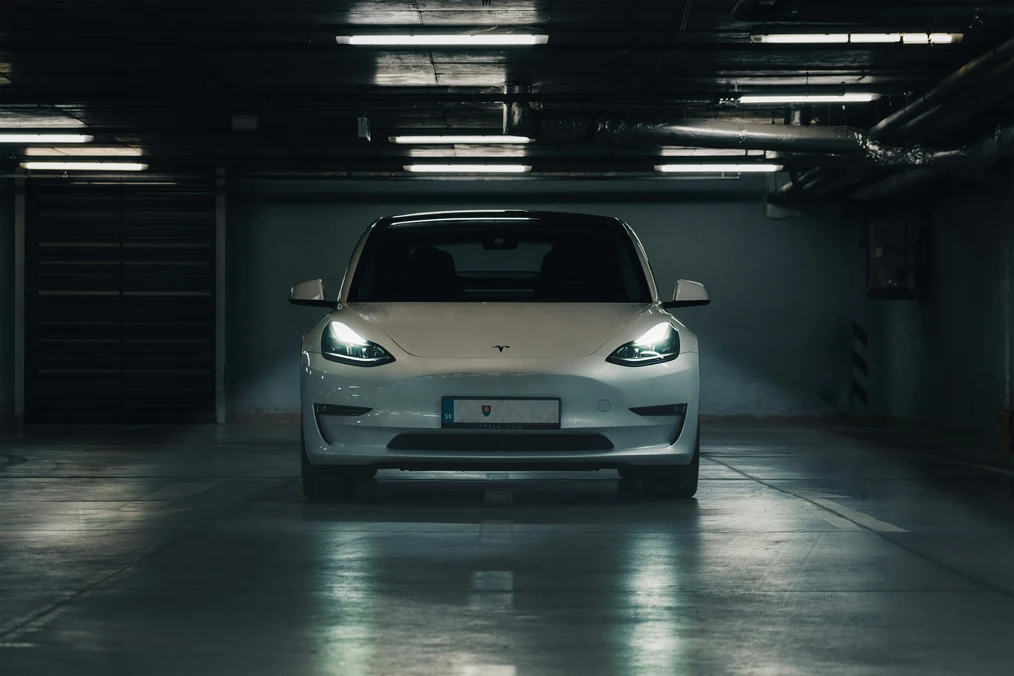When you think about your car, the first things that come to mind are usually performance, comfort, and safety. But have you ever considered how the colors inside your vehicle might affect your mood and focus while driving? Interior design isn’t just about style—it plays a psychological role in shaping your attention, stress levels, and overall driving experience.
Car interior colors psychology is an often-overlooked element that has a surprising impact on focus, alertness, and emotional balance. Whether you’re commuting daily or embarking on long road trips, the shades surrounding you in the car can subtly influence how calm, energetic, or distracted you feel.

Why Car Interior Colors Matter
Unlike exterior paint, which reflects personality and aesthetics, car interior colors are in direct contact with the driver. You see them constantly while driving, and they become part of your environment for hours at a time. Subtle changes in shade can either promote concentration or lead to visual fatigue.
Car interior colors psychology shows us that color is more than decoration—it acts as a psychological tool. A dark, muted cabin may create calm and reduce overstimulation, while brighter or warmer tones might energize or distract. Designers carefully choose interior palettes not only for looks but also for the emotional state they encourage.
The Role of Neutral Colors in Driving Focus
Neutral tones like black, gray, and beige dominate car interiors for good reason. Black interiors create a sense of sophistication while reducing glare, which can help drivers stay focused. Gray and beige, on the other hand, strike a balance between neutrality and warmth. They don’t overstimulate the senses, making them ideal for long drives.
Car interior colors psychology suggests that neutral shades are effective because they minimize unnecessary distraction. Drivers are less likely to get tired of muted interiors, and the consistency helps maintain focus over time.
The Energy of Bold Colors
While neutrals dominate, some car interiors incorporate bolder shades. Red, for example, is known to increase energy and alertness, which might make drivers feel more engaged on the road. However, too much red can also trigger tension and impatience, which isn’t ideal in traffic-heavy environments.
Blue interiors, though less common, can create a calming effect. Car interior colors psychology shows that cooler shades encourage focus by reducing stress, making them a good option for drivers who want to stay relaxed on long commutes.
How Warm Colors Affect Driving
Warm tones like brown, tan, or even subtle oranges create a feeling of coziness and familiarity. These shades can make the driving environment feel more inviting, reducing stress on the road. Brown interiors in particular are associated with stability and comfort, which explains their popularity in family cars and SUVs.
While warm colors improve mood, they should be balanced with neutral shades to avoid overstimulation. Too much warmth in a compact interior could feel overwhelming and distracting.

The Subtlety of Cool Colors
Cool shades like blue, green, and gray often help drivers feel more grounded. Green is associated with balance and renewal, which may reduce stress during long drives. Blue interiors can encourage patience and a calmer mindset. According to car interior colors psychology, cool shades are especially beneficial for city drivers, where traffic stress levels are naturally higher.
The Impact of Material and Texture on Color Perception
It’s not just the shade that matters—materials and textures also play a role in how colors are perceived. Matte black feels different from glossy black, even though they share the same hue. Soft-touch fabrics in beige or gray may feel warmer than the same color in plastic. The sensory combination of texture and color can either heighten or soften psychological responses, influencing how the driver feels inside the car.
Personalization and Its Effect on Mood
Car manufacturers are increasingly offering personalization options for interiors. Drivers can select stitching colors, seat shades, or dashboard accents. This personalization not only enhances aesthetics but also reinforces control and comfort. Car interior colors psychology highlights that choosing your own colors increases emotional connection with the vehicle, which can boost satisfaction and focus.
Safety and Car Interior Colors
Believe it or not, interior shades can even affect safety indirectly. Lighter interiors reflect more light, which can reduce visibility during night driving by creating internal glare. Darker shades absorb light, keeping the environment controlled and less distracting. Understanding car interior colors psychology allows designers to prioritize safety while still appealing to drivers’ aesthetic preferences.
Practical Tips for Choosing Car Interior Colors
- Prioritize comfort over trend: Choose shades that make you feel calm and alert, rather than those that simply look stylish.
- Consider your driving environment: City drivers may benefit from cool, calming tones, while frequent highway travelers might prefer energizing but balanced shades.
- Balance bold with neutral: If you enjoy red or other stimulating colors, keep them as accents instead of the main palette.
- Think long-term: A color you enjoy today may become tiring after years of daily commutes. Neutrals often stand the test of time.
- Test before buying: Spend time sitting inside cars with different interiors to see how you feel in real scenarios.

Frequently Asked Questions (FAQs)
1. Why do most cars have black or gray interiors?
Car interior colors psychology shows that black and gray reduce distractions, resist visible stains, and create a professional look. They’re also the easiest shades for maintaining focus.
2. Do bright car interiors cause distractions?
Yes, very bright colors like neon red or vivid orange can overstimulate the senses, leading to irritation or restlessness during long drives.
3. Which color is best for reducing stress while driving?
Cool shades like blue and green are best for promoting calmness and reducing stress, especially during traffic or long commutes.
4. Does car interior color affect resale value?
Yes. Neutral shades like black, gray, and beige are more popular with buyers and tend to hold resale value better than bold or unusual colors.
5. How do warm tones like brown affect driving mood?
Brown and tan interiors create warmth and familiarity, reducing anxiety and making the car feel more like a comfortable living space.
6. Can interior color influence night driving safety?
Darker interiors absorb light and reduce glare inside the car, making them safer for night driving compared to lighter interiors.
7. Is it possible to customize interior colors after buying a car?
Yes, customization is possible through seat covers, dashboard wraps, and interior detailing, allowing drivers to apply car interior colors psychology to their own preferences.
8. Do colors affect short trips differently than long drives?
Yes. On short trips, stimulating shades like red may boost alertness, but during long drives, calming shades like blue or gray help sustain focus without fatigue.
9. How does texture change color perception inside the car?
Glossy finishes reflect more light and can feel more stimulating, while matte or fabric finishes soften colors and create a calmer atmosphere.
10. Are luxury cars more likely to use specific colors?
Yes, luxury cars often favor muted shades like cream, dark brown, or black because these align with sophistication, timelessness, and psychological comfort.
Want more blogs like these?
Check out more On the Road ideas on Designs24hr to explore how design psychology shapes your travel comfort, safety, and focus.







